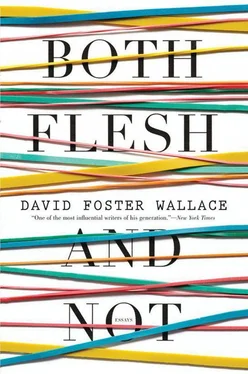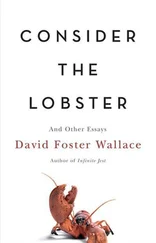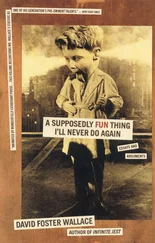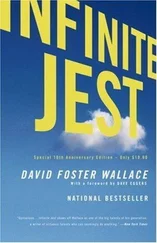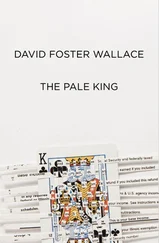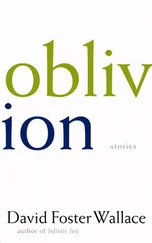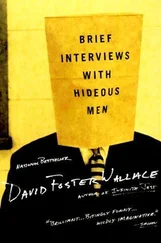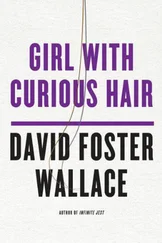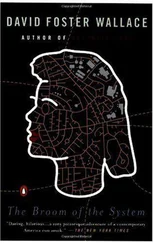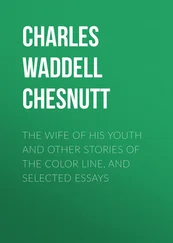— 1999
maul—long-handled sledgehammer used for splitting logs, etc. mazy—labyrinthine meconium—dark green feces in fetus that is discharged near time of birth medulla—inner core of some body parts, like bone marrow is medulla; (adj.) medullar meerschaum—dense fine white claylike substance; a pipe made of this (w/white bowl) mensal(adj.) — used at table, i.e., to dine meridian—noon, l Nyliongitudinal circle circumscribing world metamere—homologous longitudinal segments that compose the body of earth worms, lobsters, etc. midden—dung hill or rubbish heap; place in antique kitchen where biowaste is stored milliner—hatmaker milt—fish sperm; spermy stuff in general minaudière—small cosmetic case minim—tiny or insignificant portion moiré(adj.) — having a wavy or rippled surface… used of cloth monocoque—metal structure, like airplane, in which the skin absorbs all or most of the stresses to which the body is subjected monopsony—a market in which there are lots of sellers for just one buyer moratory—authorizing delay in payment mordacious—given to biting; caustic, sarcastic moreen—sturdy ribbed wool or cotton used for upholstery Mormon cricket—big wingless western grasshopper bad to crops Mornay—served w/white sauce w/grated cheese and seasonings: eggs Mornay mudra—series of symbolic body postures and hand movements in Hindu dancing & meditation mummer—a masked and costumed merrymaker muntin—strip of wood or metal that separates & holds various panes in a window, like a window w/four individual panes arranged in a big rectangle, etc. (that’s putting it well, Dave) muricate—covered with short spines murine—rodentlike must/musth—period of heightened sexual drive in elephants (Vulcans) when they’re more aggressive multivoltine—producing several broods in a single season; prolific birthing nates—buttocks, shanks neap(adj.) — from “neap tide,” lowest possible tide nictitate(v.) — to wink nidifugous—leaving the nest shortly after hatching (slackers are not nidifugous) nidify—to build a nest nidus—nest for eggs of insects; central point for start of infection in organism niello—black metallic alloy used for decorations on surfaces numismatic—of or relating to coins & currency numismatist—coin collector nummular—shaped like a coin, circular or oval nutation—the act of nodding; a wobble in a gyroscope or spinning body obdurate—stubborn; “an obdurate chin” obligate(adj.) — able to exist only in a certain kind of environment obloquy—harsh, derisive language ocherous—moderate orange yellow… e.g., early sunset odonate—dragonflyish, stiff-winged oneiric—of, relating to, or suggestive of dreams ordure—excrement, dung ordurous—dungish or shitty orgeat—sweet flavoring, orange/almond orgone—theoretical life-force emanating from living things oriel—a small bay window… prevalent in NE and SF houses orotund—full in sound, sonorous; “orotund tones” orrery—a mechanical model of the solar system
RHETORIC AND THE MATH MELODRAMA
MATH’S CULTURAL STOCK HAS risen hard in recent years, no doubt driven by the same booming and metastatic Knowledge Economy that’s turned yesterday’s non grata nerd into today’s cyber-tycoon. Call the phenomenon “Geek Chic” or “Hip(2b) 2” or whatever you will: abstract tech is now sexy, the mathematician a viable commercial hero — see for example the success of recent films like Good Will Hunting and π.
Or a better instance of math’s new cachet here is Amir D. Aczel’s Fermat’s Last Theorem: Unlocking the Secret of an Ancient Mathematical Problem, which made nonfiction bestseller lists in 1996 and transformed Princeton’s Andrew Wiles into a weird kind of horn-rimmed pop icon, and in the wake of which has appeared everything from Paul Hoffman’s The Man Who Loved Only Numbers and Sylvia Nasar’s A Beautiful Mind 1to David Berlinski’s Newton’s Gift and Charles Seife’s Zero: The Biography of a Dangerous Idea .
Though fiction, Philibert Schogt’s The Wild Numbers and Apostolos Doxiadis’s Uncle Petros & Goldbach’s Conjecture both draw heavily on Aczel’s Fermat’s Last Theorem (as well as on G. H. Hardy’s A Mathematician’s Apology 2). And there are other, rather striking similarities between these two novels. Both are set in the world of academic mathematics and feature characters whose specialty is number theory, 3higher math’s most purely abstract branch. Both novels revolve around their protagonists’ quests to solve famous and long-standing number-theoretic problems. And both WN and UPGC have been translated by their own authors from foreign-language originals.
The facts of these two novels’ close resemblance and near-simultaneous release here in the States, as well as the vigor with which their U.S. publishers are hyping them, 4appear to signal the inception of a whole new commercial genre — the “Math Melodrama,” as it were. This is a development that should come as no surprise, given the success of some of the other titles mentioned supra, not to mention the commercial success in recent years of other nascent tech-intensive genres (the cyberpunk of Neuromancer et seq., the Clancy-style technothriller, the plucky-young-hackers-thwarting-evil-monolithic-institutions of Sneakers, Hackers, The Matrix, etc.).
As exemplified by WN and UPGC in fiction and Fermat’s Last Theorem and A Beautiful Mind in non-, the Math Melodrama can be roughly characterized as combining the “Vocational Travelogue” 5charms of genre authors like Arthur Hailey and Michael Crichton with some of the weightier allegorical functions that other genres and their heroes often serve — the Western sheriff as emblem of Apollonian order, the Noir private eye as existential hero, the plucky young hacker as Odyssean trickster. The Math Melodrama’s own allegorical template appears to be more classically Tragic, its hero a kind of Prometheus-Icarus figure whose high-altitude genius is also hubris and Fatal Flaw. 6If this sounds a bit grandiose, well, it is; but it’s also a fair description of the way Math Melodramas characterize the project of pure math — as nothing less than the mortal quest for Divine Truth. What’s odd here is that whether a particular reader accepts this characterization or sees it as pretentious and silly will often depend less on the qualities of the Math Melodramas themselves than on certain biographical facts about the reader himself, namely how much knowledge and experience of higher math he happens to have.
This sort of oddity is, in fact, a frequent problem in reviewing or assessing “genre fiction,” which is a type of narrative it’s usually fair to call “the sort of thing someone who likes this sort of thing is apt to like." The evaluative criteria tend to be rather special for genre fiction. Instead of the basically aesthetic assay the reviewer gets to make of most literary fiction—“Is this piece of fiction good? ”—criticism of genre fiction is ultimately more rhetorical —“To whom will this piece of fiction appeal? ” In other words, as is the case with all but the broadest and coarsest genre fiction, the central questions about novels like WN and UPGC concern what rhetoricians call “audience”: What is the intended audience for these books? And is this audience apt to find the novels satisfying on the same terms by which it finds other Math Melodramas satisfying? And if not, are there other audiences whom these books are more likely to satisfy? And so on. One reason this is a problem for reviewers is that book reviews are usually supposed to be short, clear, and relatively simple, and rhetorical criteria tend to yield very complex, sometimes even paradoxical conclusions. In the case of The Wild Numbers and Uncle Petros & Goldbach’s Conjecture, the paradox is that the type of audience most likely to accept and appreciate these novels’ lofty, encomiastic view of pure math is also the audience most apt to be disappointed by the variously vague, reductive, or inconsistent ways the novels handle the actual mathematics they’re concerned with.
Читать дальше
